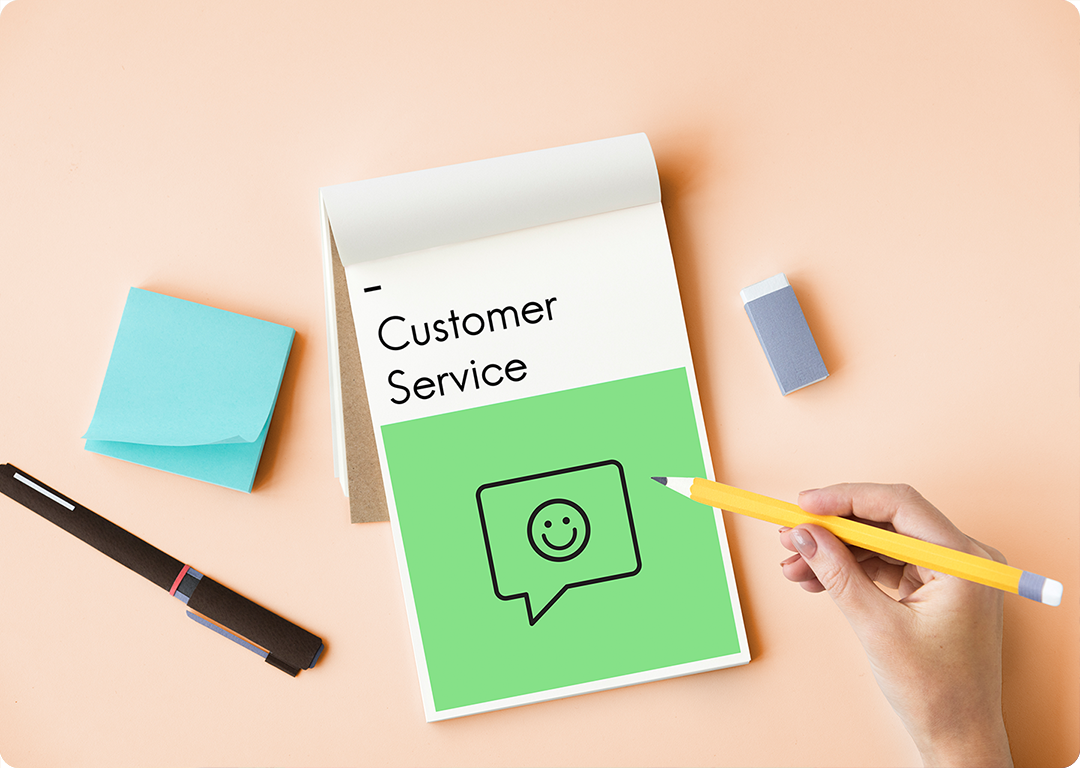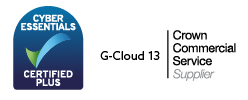
By investing in proactive customer support and engagement, businesses can boost retention rates, improve CSAT and reduce inbound contact to the contact centre. Route 101 can provide the tools and the know-how so you can implement a proactive customer service strategy and build better customer experiences.
Get in touch
Proactive customer service is when your business makes the first move to help your customers.
This could be by going out of your way to identify potential problems and then resolve them before your customers even need to ask for help. By offering solutions to problems before they force the customer to ask for help, you’re delivering proactive customer service.
This runs parallel with proactive customer engagement, in which you identify ways the customer experience could be improved or enhanced without the customer asking for it or even knowing it’s possible i.e. proactively notifying customers of a change to their order without them needing to do anything.

By engaging with your customers and offering assistance before they themselves even know they need help you’re creating a frictionless customer experience that will keep them coming back to you.
Proactive engagement with your customers can help to build a personal connection with them, and gently direct them onto the “journey” that will result in the greatest satisfaction - thus creating loyalty and improving retention.
Reaching out to your customers proactively makes it quicker and easier for them to get the outcomes they want from interactions with your business, and reduces overall customer effort - things which are sure to boost your CSAT scores.


By helping customers quickly find answers to questions and offering proactive support and engagement at crucial moments (i.e. prompted by hesitation on a checkout page), you can reach out in real-time and help customers take the final step.
According to Forrester, reaching out in real-time with proactive support can increase sales by up to 29%.
Request a discovery call

Four key ways your business could use proactive customer service to engage with your customers:
Offering proactive support like sending a relevant message to customers when there’s a recognised issue can make it easy to guide customers through potential trouble-spots. By answering common questions before they have to be posed, you can create a smoother service experience – and prevent problems for your customers.
Proactively offering tips and recommendations to customers to keep them engaged and excited can be a great way to build a better customer experience. Similarly, keeping your customers informed about ongoing issues or service updates can improve their overall perception of your business and ensure they feel they are kept in the loop.
Proactive communication will reduce the burden on your support team too, as customers won’t need to get back in touch to chase updates/information.
Proactive engagement is just one part of the overall customer journey, but it’s a great strategy to build loyalty and help you to foster a relationship with customers. If you’re engaging your customers with suggestions, resources or even guidance, you’re consistently building their trust. It’s also a brilliant way to seek out feedback through surveys.
By proactively updating customers about new products, offers, features, next steps or integrations, you can engage with relevant audiences and serve customers the type of content/messaging that they’re interested in. Proactive updates like this can go a long way to developing a personalised customer experience – providing you use the relevant data and tailor your messages, your customers will feel special to receive updates on things they really care about.
Proactive experience recovery is a proven methodology in retaining customers by identifying where things might have gone wrong in an interaction and proactively working to resolve it before the customer needs to complain or seek support.


Proactive experience recovery boosts overall brand perception and reduces cost to serve by reducing inbound contact after the first interaction – whether customers are seeking support or looking to complain.
By monitoring experiences as they happen, you can spot when things aren’t going well, and do something to improve the experience – before the customer needs to complain. This is where analytics and customer insight tools like sentiment analysis and speech analytics become really helpful – they’ll help you spot the parts of your customer journey that are causing dissatisfaction.
Once you understand where in your customer journeys, you’re likely to see dissatisfaction, you can develop a framework and pinpoint times/actions that should prompt proactive contact. By reaching out to customers who aren’t having the best experience, and proactively offering either a solution or some kind of compensation (even if it’s just an acknowledgement and an apology), you have the power to alter the customer’s perception of the entire interaction.


Route 101 Ltd.
The Conifers, Filton Rd
Hambrook
Bristol BS16 1QG

All Rights Reserved / Route 101 Ltd. / Company Registration Number 08325675